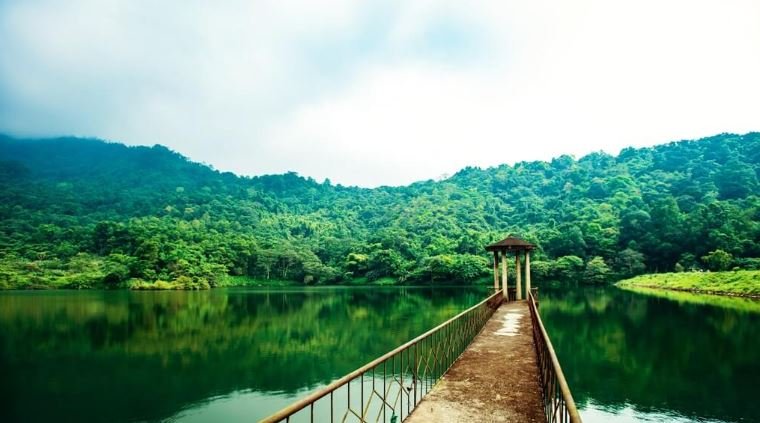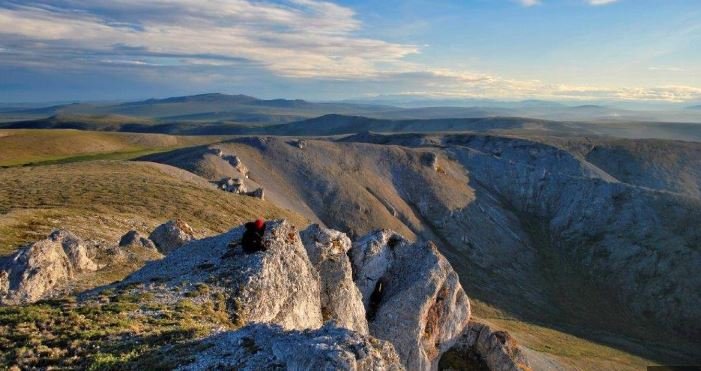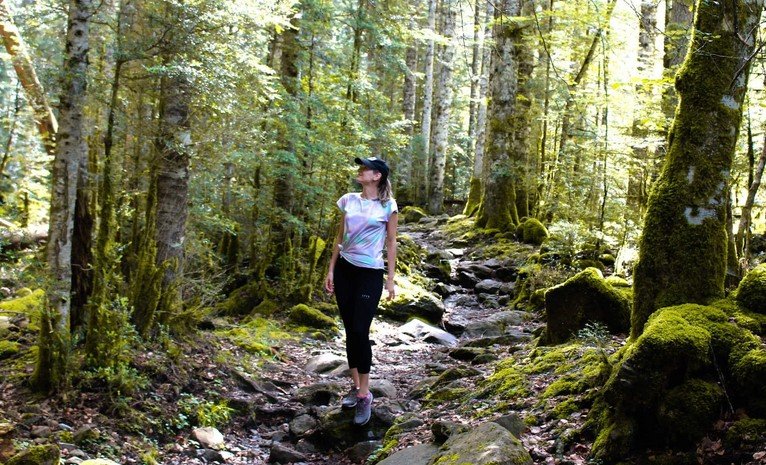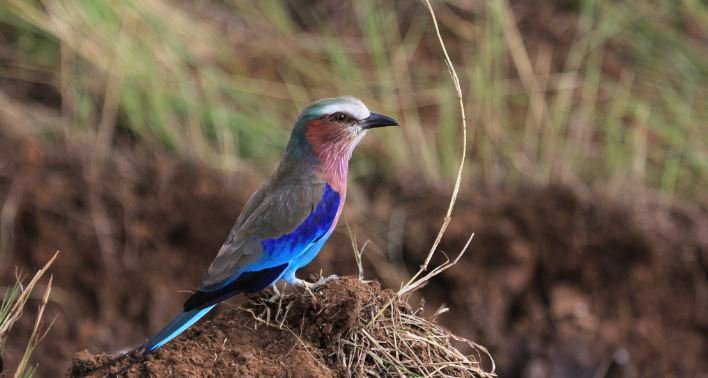The untouched ecosystems of national parks play a crucial role in preserving biodiversity and maintaining environmental balance. These ecosystems serve as havens for countless species of plants, animals, and microorganisms. Unlike urbanized areas, where human activity disrupts the natural order, national parks offer a sanctuary where ecosystems can thrive without interference. From dense forests to vast wetlands, these parks protect some of the world’s most unique and fragile environments.

Preserving Biodiversity
The untouched ecosystems of national parks are essential for protecting biodiversity, which is crucial for maintaining healthy ecosystems. National parks act as a refuge for species that may struggle to survive outside these protected areas. For example, Yellowstone National Park in the United States is home to grizzly bears, gray wolves, and bison. Without the protection of this national park, these species might face severe threats from habitat loss and human encroachment.
Similarly, the Amazon Rainforest, preserved in parts by national parks like Brazil’s Jaú National Park, supports one of the highest levels of biodiversity on the planet. This area hosts species such as jaguars, sloths, and over 400 bird species. These parks ensure that even in the face of deforestation and climate change, species that rely on these ecosystems have a place to continue thriving.
The Role of National Parks in Environmental Stability
The untouched ecosystems of national parks also play a vital role in maintaining environmental stability. These ecosystems act as carbon sinks, absorbing significant amounts of carbon dioxide and helping to regulate the planet’s climate. Wetlands, forests, and other landscapes within national parks store carbon in the soil and vegetation, making them a key tool in the fight against climate change.
Additionally, national parks protect watersheds, which supply fresh water to millions of people. The Everglades National Park in Florida, for example, safeguards a vast wetland system that provides water to much of South Florida. By preserving this ecosystem, the park not only protects countless species but also ensures that human populations have access to clean water. Other national parks, such as Banff in Canada, protect glaciers that are critical water sources for surrounding communities.
Human Impact and the Need for Conservation
Though the untouched ecosystems of national parks remain largely undisturbed, human activity can still pose threats. Pollution, climate change, and tourism can all impact these ecosystems. National parks need ongoing conservation efforts to ensure that their ecosystems remain intact for future generations. In response to these challenges, governments and conservation organizations have implemented strict regulations to limit human interference in these areas.
Conservation programs like habitat restoration, species monitoring, and controlled tourism help protect these ecosystems. For instance, in Yosemite National Park, efforts to reduce the environmental footprint of visitors include limiting the number of cars allowed in the park and promoting eco-friendly transportation alternatives. The aim is to balance human enjoyment of natural spaces with the responsibility of protecting them.
Conclusion
The untouched ecosystems of national parks are invaluable to both the environment and the species that depend on them. These protected areas preserve biodiversity, maintain environmental balance, and provide critical services like clean water and carbon storage. However, these ecosystems are not immune to human impact, and ongoing conservation efforts are essential to ensure they remain untouched. By protecting these natural spaces, we can safeguard our planet’s health and ensure that future generations can experience the beauty and importance of these ecosystems.










